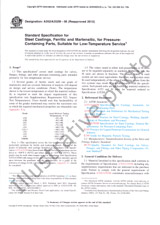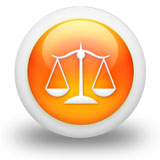We need your consent to use the individual data so that you can see information about your interests, among other things. Click "OK" to give your consent.
ASTM E672-87(2019)e1
Standard Specification for Disposable Glass Micropipets (Includes all amendments And changes 11/14/2024).
Translate name
STANDARD published on 1.12.2011
The information about the standard:
Designation standards: ASTM E672-87(2019)e1
Note: WITHDRAWN
Publication date standards: 1.12.2011
SKU: NS-936513
The number of pages: 5
Approximate weight : 15 g (0.03 lbs)
Country: American technical standard
Category: Technical standards ASTM
The category - similar standards:
Annotation of standard text ASTM E672-87(2019)e1 :
Keywords:
disposable, glass, micropipets,, ICS Number Code 71.040.20 (Laboratory ware and related apparatus)
Additional information
| 1. Scope | ||||
|
1.1 This specification covers two different types of disposable micropipets, calibrated "to contain," used in measuring microlitre volumes of liquids. 1.2 The values stated in SI units are to be regarded as the standard. 1.3 The following precautionary caveat pertains only to paragraph 9.1.1 of this specification. This standard does not purport to address all of the safety concerns, if any, associated with its use. It is the responsibility of the user of this standard to establish appropriate safety and health practices and determine the applicability of regulatory limitations prior to use. |
||||
| 2. Referenced Documents | ||||
|
We recommend:
Updating of laws
Do you want to be sure about the validity of used regulations?
We offer you a solution so that you could use valid and updated legislative regulations.
Would you like to get more information? Look at this page.




 Cookies
Cookies
